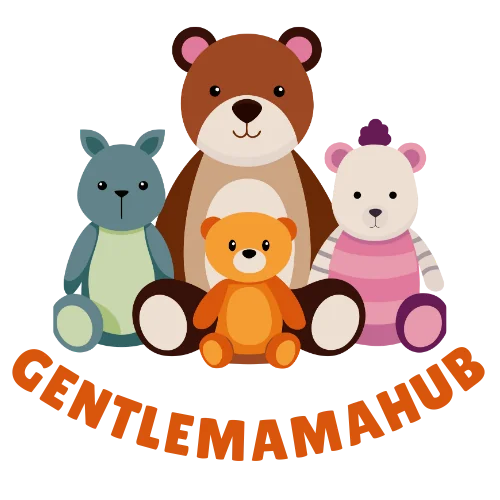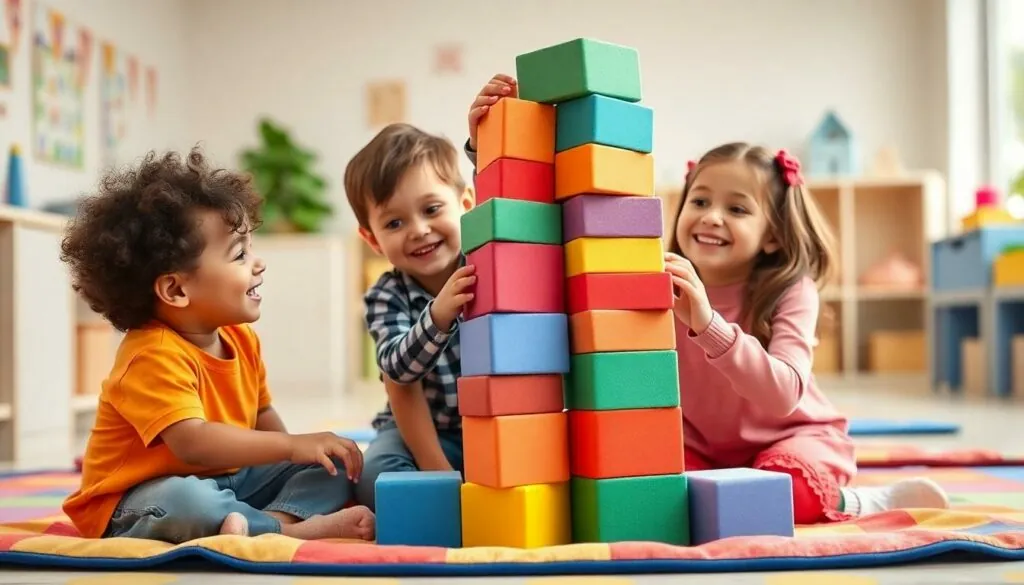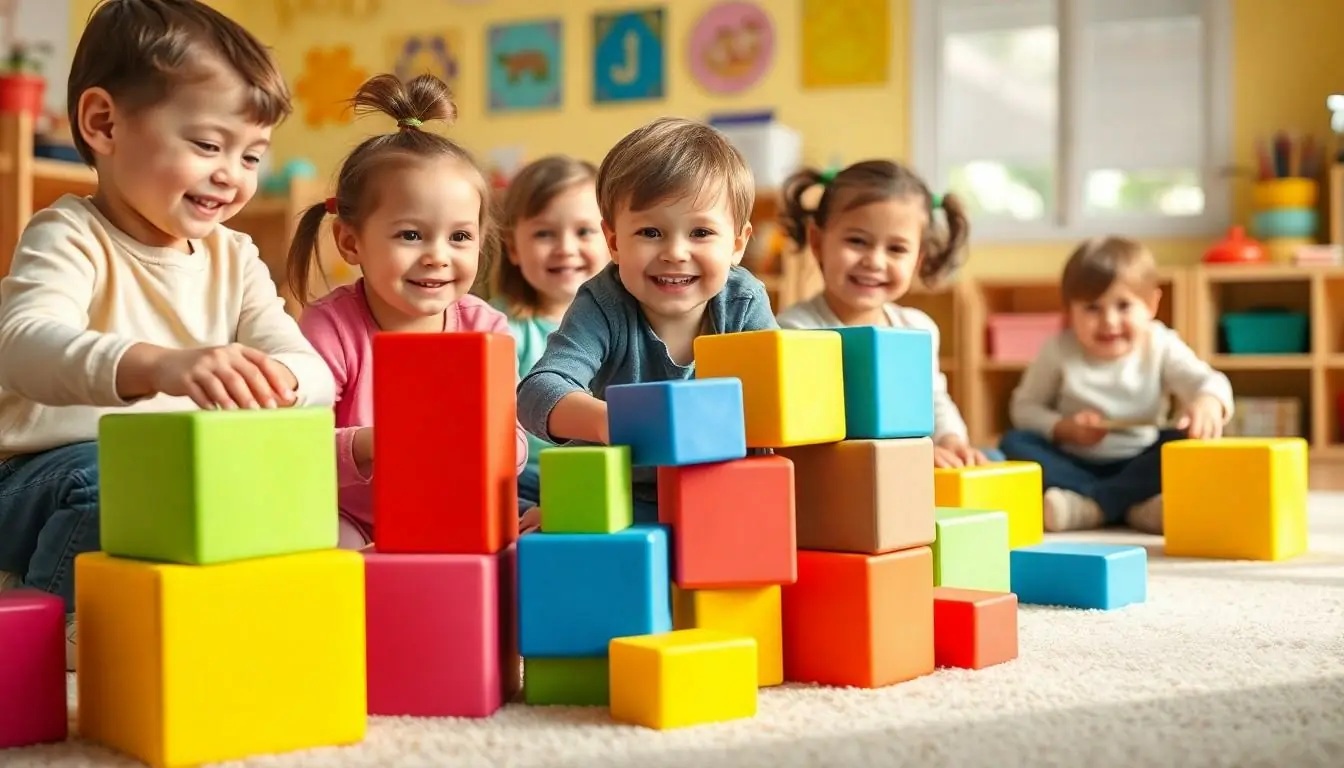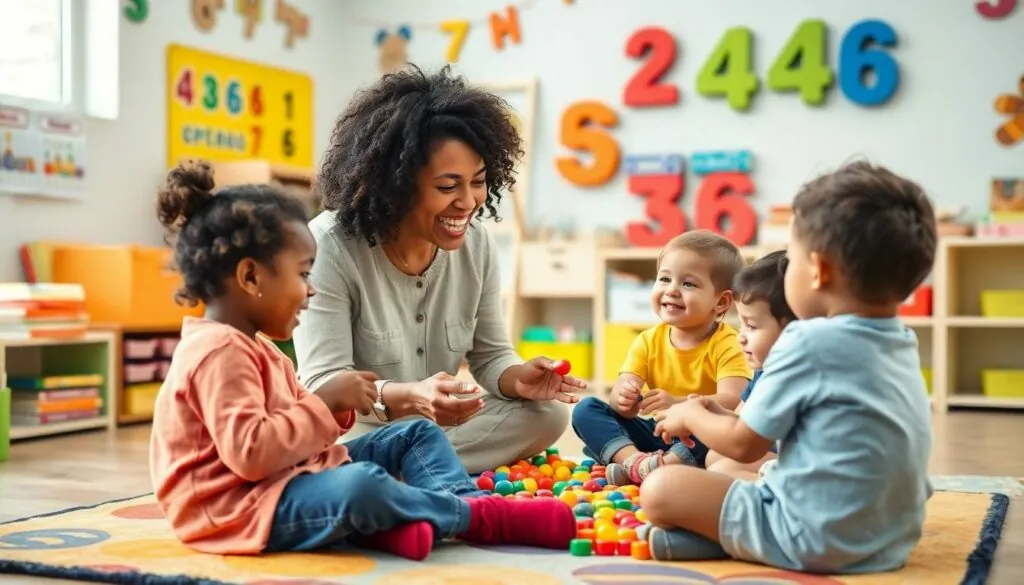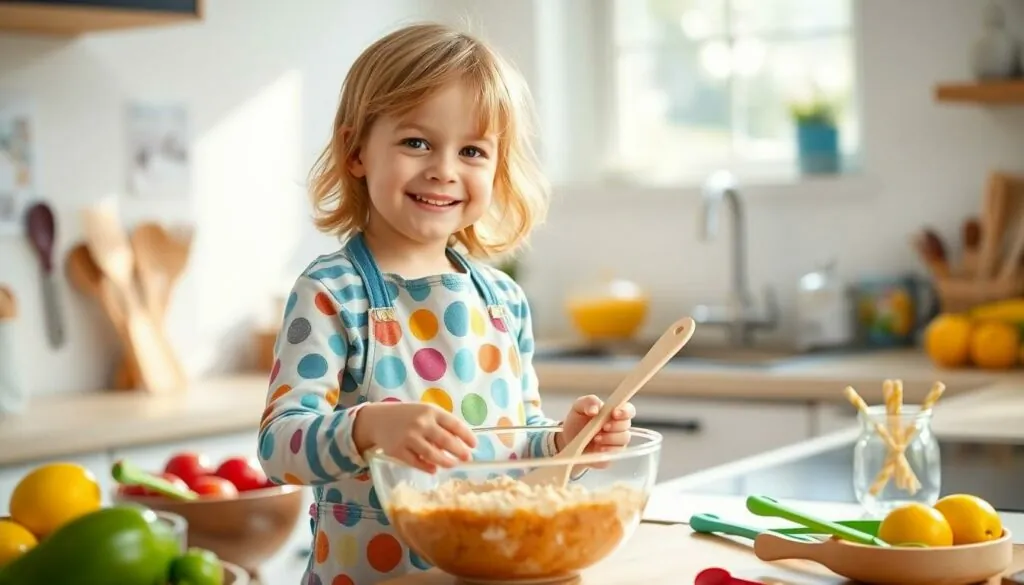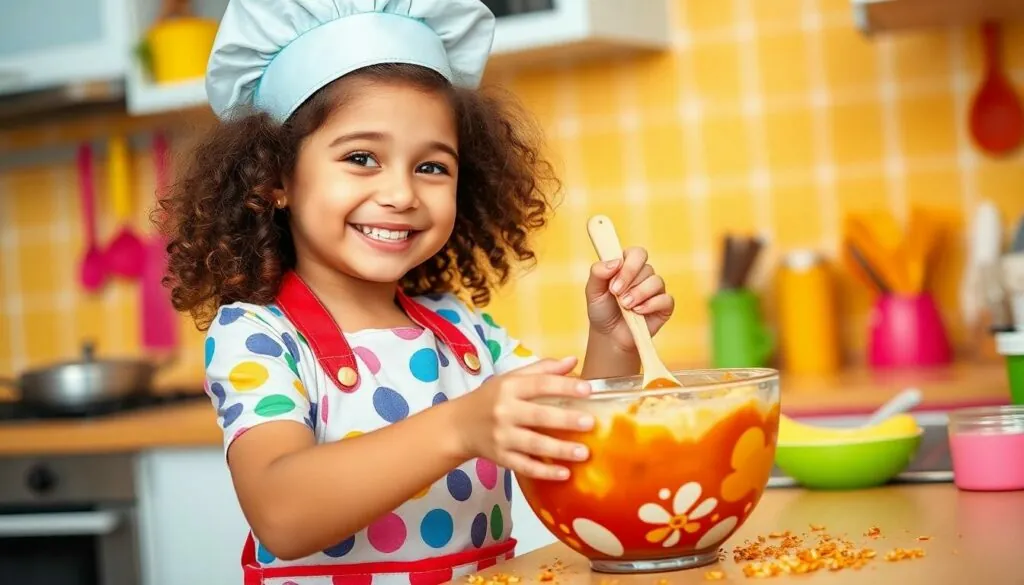Table of Contents
ToggleBuilding activities aren’t just about stacking blocks anymore – they’re a gateway to developing crucial skills that’ll shape a child’s future. From fine motor coordination to problem-solving abilities these hands-on experiences lay the foundation for lifelong learning in preschoolers.
Whether it’s constructing towering masterpieces with cardboard boxes or engineering miniature cities with building blocks preschoolers naturally gravitate toward activities that let them create and explore. These engaging exercises don’t just keep tiny hands busy – they’re actually helping young minds develop spatial awareness mathematical concepts and creative thinking skills all while having a blast.
Understanding the Importance of Building Activities for Early Development
Building activities foster crucial developmental milestones in preschoolers through hands-on engagement with construction materials. These structured play experiences create foundational skills across multiple developmental domains.
Physical and Cognitive Benefits
Building activities enhance fine motor skills through precise block placement, tool manipulation, and material handling. Children develop hand-eye coordination by stacking objects, fitting pieces together, and balancing structures. Spatial awareness improves as preschoolers explore concepts like over, under, beside, and between while constructing. The cognitive benefits include:
- Pattern recognition through repeated block sequences
- Mathematical thinking via counting, sorting, and measuring
- Problem-solving through structural challenges
- Scientific reasoning through cause-and-effect exploration
- Memory enhancement from following building steps
Social and Emotional Growth
- Communication skills through planning and explaining designs
- Leadership development when directing group projects
- Confidence building from completed structures
- Emotional regulation when handling building challenges
- Empathy development through collaborative construction
- Self-expression through creative building choices
- Pride and accomplishment from finished projects
Essential Building Materials for Preschoolers
Building activities require appropriate materials that support preschoolers’ developmental needs while ensuring safety and engagement. These materials create opportunities for exploration, creativity and skill development.
Safe and Age-Appropriate Options
Preschoolers thrive with building materials designed specifically for their age group and developmental stage. Large wooden blocks measure at least 2 inches in width to prevent choking hazards. Soft foam blocks provide safe options for 2-3 year olds learning to stack and build. Interlocking plastic bricks like Duplo blocks feature rounded edges and are 2-8 times larger than regular building bricks. Natural materials include smooth river stones, large craft sticks and fabric squares with no sharp edges or small pieces. Non-toxic materials certified by ASTM International meet strict safety standards for early childhood use.
Budget-Friendly Building Supplies
Common household items transform into engaging building materials at minimal cost. Empty cardboard boxes create instant building blocks when sealed with packing tape. Paper towel rolls stack to form towers or connect as tunnels. Clean plastic containers from food items provide stackable components. Recycled materials like egg cartons, cereal boxes and juice containers offer free building options. Pool noodles cut into sections create soft building pieces. Fabric scraps, old sheets and blankets construct forts and enclosures. Natural items like pinecones, leaves and sticks collected outdoors provide free loose parts for creative construction.
Indoor Building Activities for Preschoolers
Indoor building activities provide structured learning opportunities for preschoolers during inclement weather or indoor play periods. These engaging activities transform everyday spaces into creative construction zones.
Block Play and Construction Games
Block building activities enhance spatial awareness through structured play experiences. Preschoolers create towers, bridges, houses with wooden unit blocks, plastic interlocking bricks or magnetic tiles. Setting up a dedicated building corner with varied block shapes encourages extended play sessions focused on construction concepts.
Popular block activities include:
- Building cities with roads, buildings bridges
- Creating symmetrical patterns with colored blocks
- Designing mazes using rectangular blocks
- Constructing animal habitats with themed block sets
- Making block letters numbers for early literacy math
Recycled Material Building Projects
Recycled materials offer cost-effective building opportunities that spark creativity imagination. Cardboard boxes, paper tubes plastic containers transform into construction materials for engaging projects.
Key recycled building activities include:
- Crafting cardboard box cities with windows doors
- Building marble runs from paper towel tubes
- Creating robots from empty containers boxes
- Designing dollhouses using shoe boxes decorative paper
- Constructing bridges from popsicle sticks bottle caps
| Common Items | Creative Uses |
|---|---|
| Cardboard boxes | Buildings, vehicles |
| Paper tubes | Towers, tunnels |
| Plastic containers | Robot parts, storage |
| Bottle caps | Wheels, decorations |
| Popsicle sticks | Bridges, frames |
Outdoor Construction Activities
Outdoor spaces provide unique opportunities for preschoolers to engage in large-scale building projects. These activities combine physical movement with creative construction while allowing children to interact with natural elements.
Sand and Water Building Stations
Sand and water stations transform outdoor play into engineering experiments. Children create dams bridges channels with wet sand forming complex water systems. Plastic tubes PVC pipes buckets enhance the building experience by allowing water to flow through constructed pathways. Preschoolers learn principles of erosion water flow structural integrity through hands-on experimentation. Sand molds building tools like shovels trowels scoops enable children to construct intricate sand castles fortresses villages.
| Essential Sand Station Items | Water Station Components |
|---|---|
| Sand molds | PVC pipes (2-3 inches) |
| Plastic shovels | Plastic funnels |
| Buckets | Water wheels |
| Building trowels | Collection containers |
| Sand sifters | Spray bottles |
Natural Material Building Challenges
Outdoor environments offer abundant materials for creative construction projects. Children collect sticks stones leaves pine cones to build nature-inspired structures. These materials encourage problem-solving as preschoolers balance stack sort different sizes shapes. Tree stumps logs serve as foundations for building forest houses fairy gardens animal habitats. Outdoor building challenges incorporate seasonal elements like snow blocks in winter mud bricks in spring.
| Natural Building Materials | Seasonal Elements |
|---|---|
| Sticks branches | Snow blocks |
| River rocks | Mud bricks |
| Pine cones | Fallen leaves |
| Tree bark | Fresh grass |
| Bamboo pieces | Flower stems |
Guided Building Activities for the Classroom
Structured building activities in preschool classrooms create opportunities for directed learning through hands-on construction. These teacher-facilitated experiences combine play with specific educational objectives.
Teacher-Led Construction Projects
Teacher-led construction projects integrate STEM concepts through guided building challenges. Students create structures based on storybook scenes, practicing literacy skills while building houses from “The Three Little Pigs” or bridges from “Billy Goats Gruff.” Architectural projects introduce basic geometry as children construct shapes using craft sticks or create 3D forms with clay. Math concepts emerge naturally when students measure block towers with rulers or count pieces needed for their designs. Science exploration occurs through projects like building ramps to test motion or constructing weather vanes to observe wind direction.
Group Building Exercises
Group building activities foster collaboration through shared construction goals. Teams of 3-4 students work together to build block cities complete with roads connecting neighborhoods. Partner activities include creating marble runs where one child holds tubes while another tests the path. Children take turns as “construction managers” directing peers to add specific pieces to community structures. Collaborative projects like classroom zoos encourage students to coordinate their efforts building different animal habitats. Teams solve engineering challenges like constructing the tallest tower or longest bridge using limited materials.
Supporting Creative Building Through Play
Creative building play thrives in environments designed to spark imagination while providing clear structure. A well-organized space combined with intentional guidance enables preschoolers to develop construction skills through experimentation.
Setting Up an Engaging Building Corner
An effective building corner includes distinct zones for different types of construction activities. The space features low shelves storing materials in clear containers labeled with pictures for easy access. Essential elements include:
- A flat stable surface like a low table or foam mat for construction
- Storage bins categorized by material type: blocks wooden pieces connecting toys
- Visual inspiration boards displaying photos of buildings structures bridges
- A documentation area with clipboards paper pencils for planning designs
- Comfortable seating options like floor cushions small chairs
- Adequate lighting focused on work surfaces
- A display space for completed projects
- Safety equipment including protective eyewear clean-up tools
Encouraging Independent Exploration
Independent building exploration develops when materials remain consistently accessible organized. Teachers model:
- Open-ended questions that prompt creative thinking: “What else could you add?”
- Problem-solving strategies through gentle guidance not direct solutions
- Documentation techniques like photographing drawing building plans
- Material rotation introducing new items based on observed interests
- Time management using visual timers for project completion
- Clean-up routines maintaining organized accessible spaces
- Peer collaboration opportunities through shared building zones
- Recognition systems celebrating unique design approaches innovations
The environment supports autonomy through clearly labeled materials organized workspaces designated display areas. Children gain confidence as they navigate materials independently select appropriate tools plan execute their creative visions.
Conclusion
Building activities stand as powerful tools for preschool development offering far more than entertainment. These hands-on experiences create essential foundations for learning while nurturing creativity and confidence in young minds.
Through carefully selected materials and well-designed spaces both indoors and outdoors children develop crucial skills that will serve them throughout their educational journey. The combination of guided activities and free exploration helps create a balanced approach to early childhood education.
Parents and educators who incorporate these building experiences into their daily routines give preschoolers the gift of comprehensive development. As children stack sort and create they’re not just playing – they’re building their future success one block at a time.
